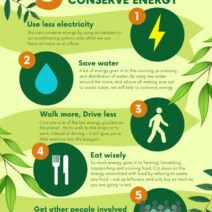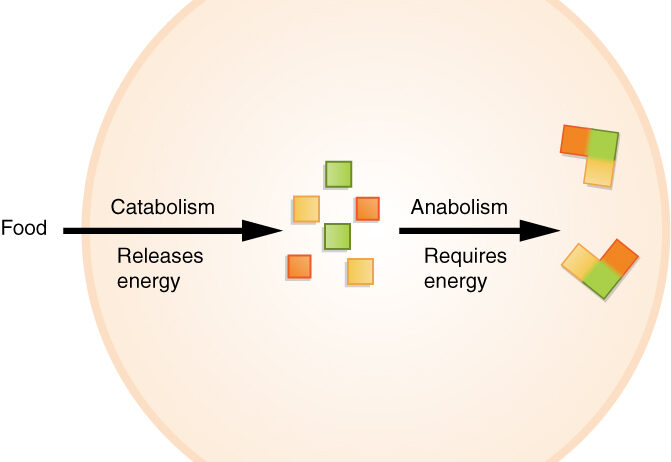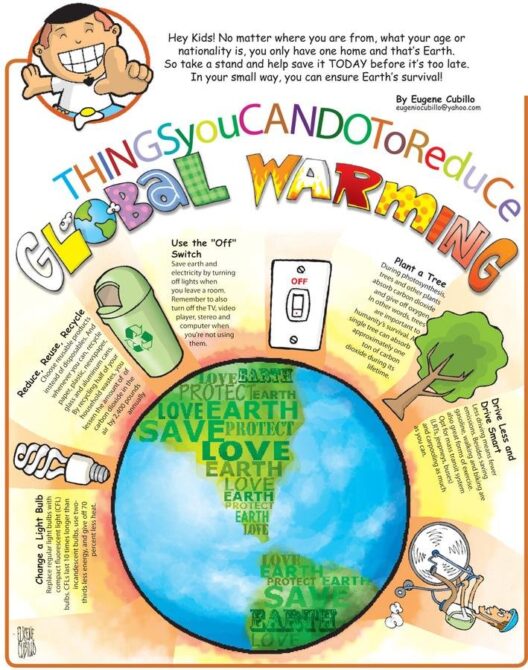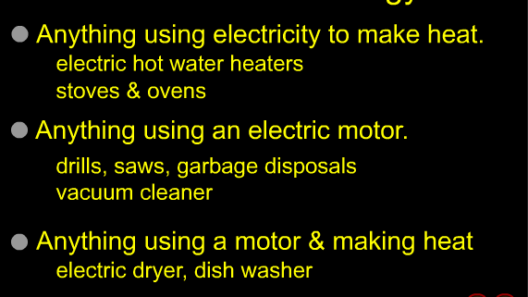How precisely is energy conserved in the process of a heartbeat? It’s a question that uncovers the intricate dance between biology, physics, and the mysterious undercurrents of life itself. The heart, an astonishing organ, orchestrates the rhythmic pulse that sustains our very existence. But it also presents challenges that invite curiosity and contemplation. How do we ensure that this vital energy—often compared to a precious resource—remains efficient and is not squandered? Understanding the dynamics at play within the cardiac cycle is essential and reveals much about the nature of energy conservation in biological systems.
The heart operates through a sophisticated mechanism known as the cardiac cycle, which consists of two primary phases: diastole and systole. During diastole, the heart muscle relaxes, allowing chambers to fill with blood. In contrast, during systole, the heart contracts and pumps blood throughout the body. Each contraction and relaxation is a marvel of bioengineering that not only sustains our life but also serves as a testament to the efficiency with which our bodies operate.
Energy conservation in the heartbeat is fundamentally linked to how cardiac muscle cells, or cardiomyocytes, utilize energy-rich compounds. These cells rely primarily on adenosine triphosphate (ATP) as their fuel. ATP is generated via cellular respiration that occurs in the mitochondria, often referred to as the “powerhouses” of the cell. The production of ATP during aerobic respiration is highly efficient, yielding up to thirty-two molecules of ATP for each molecule of glucose metabolized. This efficient energy conversion is where the heart excels.
But how is this energy expertly conserved during the pulsating activity of the heart? The key lies in the elastic properties of the heart’s structure. The heart’s chambers and major blood vessels can stretch and recoil, much like a rubber band. When the heart contracts, blood is ejected into the arteries with tremendous force, creating a pressure wave. This pressure wave is a form of kinetic energy that travels through the arteries while the heart replenishes its own energy during diastole. The elasticity allows the arteries to store some of this kinetic energy, converting it into potential energy, which facilitates smoother blood flow and minimizes the heart’s workload during the subsequent beats. This mechanism is akin to conserving energy in a roller coaster where the ascent allows gravitational potential energy to be maximized for the descent.
Moreover, the intercalated discs connecting cardiomyocytes play a crucial role in energy conservation. These specialized structures facilitate electrical conduction between heart muscle cells, enabling synchronized contractions. The efficient transmission of electrical impulses ensures that energy is not wasted in disjointed or ineffective contractions. Instead of expending extra energy through chaotic muscle contractions, the heart operates with a remarkable synchronization that enhances overall efficiency.
Interestingly, the heart holds a significant reserve of energy. Despite its continuous work, a healthy heart operates well within its limits. Through adaptive mechanisms, it is capable of increasing its output in response to heightened demands, such as during physical exertion or emotional stress. When faced with increased metabolic demands, the heart can significantly escalate its efficiency through a variety of means—contracting more forcefully, increasing heart rate, and optimizing the use of available energy substrates. This intrinsic ability to adapt showcases an intricate balance between energy conservation and energy expenditure.
But consider this: what challenges does the heart encounter in maintaining energy efficiency in the face of external pressures? Factors such as aging, sedentarism, and various lifestyle choices can adversely affect cardiac function. As aging occurs, deteriorations in cardiovascular health can lead to a less efficient heart that struggles to maintain the same level of output. Additionally, the prevalence of conditions such as hypertension and diabetes can interfere with the heart’s energy reserves, leading to increased work demands that the heart may not be able to sustain. This situation results in an excessive expenditure of energy, rapidly depleting its reserves and exacerbating health issues.
The conservation of energy within the heartbeat also has far-reaching implications for overall health and well-being. It highlights the importance of maintaining a healthy lifestyle to ensure optimal cardiac function. Aerobic exercises—such as running, swimming, or cycling—improve the efficiency of the cardiovascular system, enhance mitochondrial function, and promote better utilization of energy. On the other hand, a sedentary lifestyle can lead to the opposite effect, hampering the heart’s energy-conserving abilities and leading to detrimental health outcomes.
In conclusion, energy conservation in the process of a heartbeat represents the culmination of elegant biological design and adaptive physiology. Each heartbeat embodies a preservation of energy, orchestrating a journey from stored chemical potential through mechanical action to the rhythmic pulse that defines life. The heart’s remarkable efficiency relies on various factors, from the structural design of muscle fibers to the seamless transmission of electrical impulses. Yet, it poses a challenge—our choices directly impact the heart’s energy economy. It becomes essential to understand, appreciate, and support our heart’s demands for energy conservation. By doing so, we not only empower our own lives but also contribute to the broader health of our communities.








